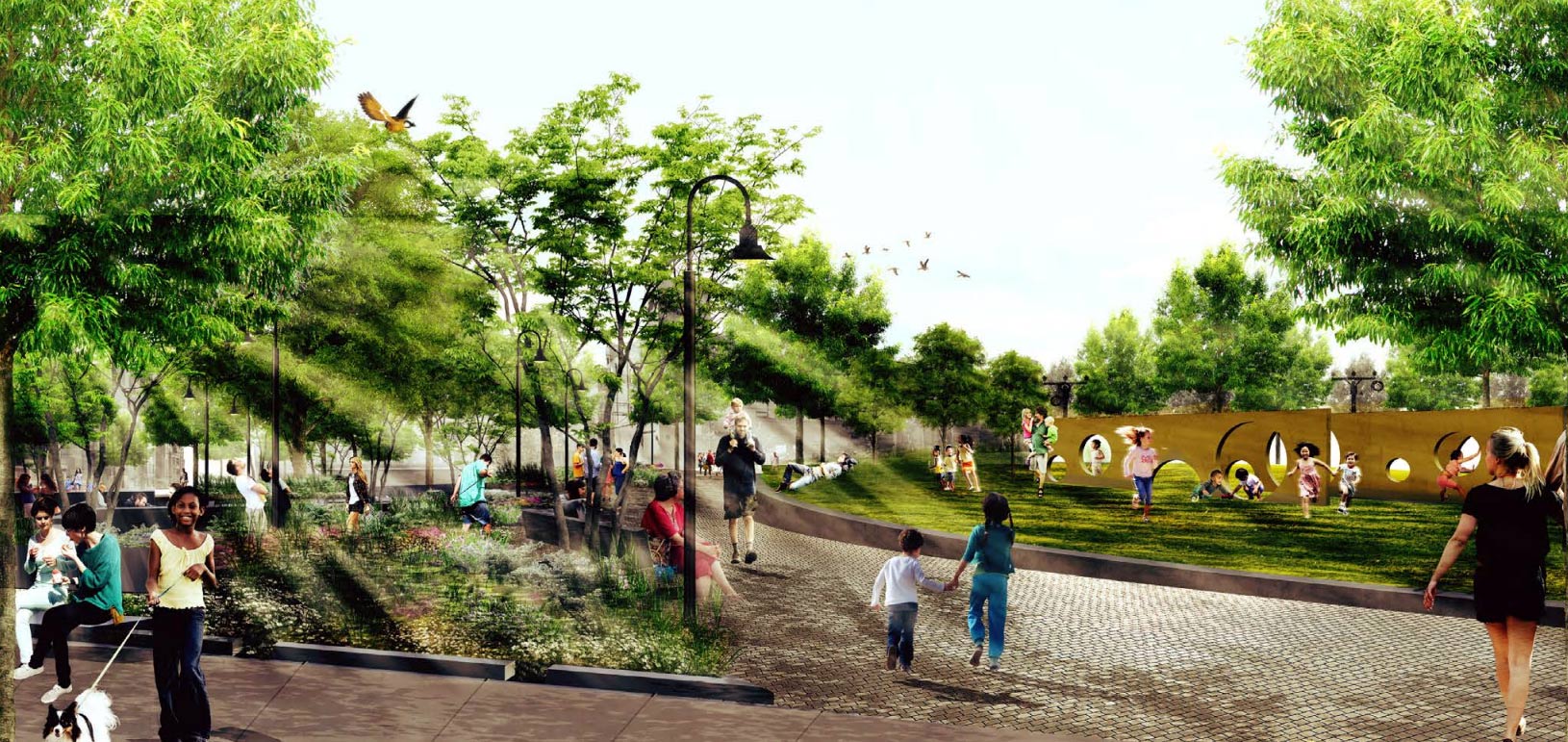New Jersey Future Blog
Finding Room for 1 Million New Residents
February 28th, 2003 by Tim Evans
- Seventy years ago, five New Jersey cities: Newark, Jersey City, Camden, Trenton, and Atlantic City, together held about a third of a million more residents (347,881) than they do today.
- In fact, more than half the municipalities in the State (297 out of 566) reached their peak population at some time prior to 2000; that is, at some time between 1930 and 1990 they had more residents than they did in 2000.
- The sum of these municipalities’ peak populations exceeds the sum of their current populations by almost 750,000 people.
- New Jersey is projected to gain an additional 1 million new residents in the next 20 years. Only a quarter of this growth would require development of new lands, if the unused capacity of today’s communities were redeveloped.
(Sources: “The Costs and Benefits of Alternative Growth Patterns: The Impact Assessment of the New Jersey State Plan” and decennial U.S. Census data, 1930-2000)
REDEVELOPMENT CAN SAVE COMMUNITIES AND OPEN LAND
Earlier this week, Bradley Campbell, Commissioner-Department of Environmental Protection, reasoned publicly that there ought to be plenty of room for more people in already-developed areas, considering how many people have left the cities in recent decades, though he admitted lacking the data to confirm his suspicion.
It turns out the Commissioner is substantially right, and it’s not just big cities that can accommodate this growth. By restoring those 297 New Jersey municipalities to their peak population, we could absorb 750,000 more people, or three-quarters of the projected growth for the next 20 years, without having to develop any additional land.
Of course, the analysis is complicated somewhat by the fact that household sizes have generally been declining; meaning that a given supply of housing units (and thence land area) now houses fewer people than it used to, but still the numbers are impressive.
At the same time, formerly industrial properties and undeveloped in-fill sites in many communities provide additional redevelopment opportunities.
Builders and municipal officials alike argue — rightly — that most places that have lost population have done so for a reason. Residents have moved away from these places to escape decaying infrastructure, rising taxes, crime and declining schools.
It remains to be seen whether the State will realign its spending priorities and reform its taxation system to restore these declining areas to sound fiscal and social health, and make them attractive to new residents once again. But there is no denying redevelopment’s enormous potential for accommodating new residents and businesses without taking away open lands.
















